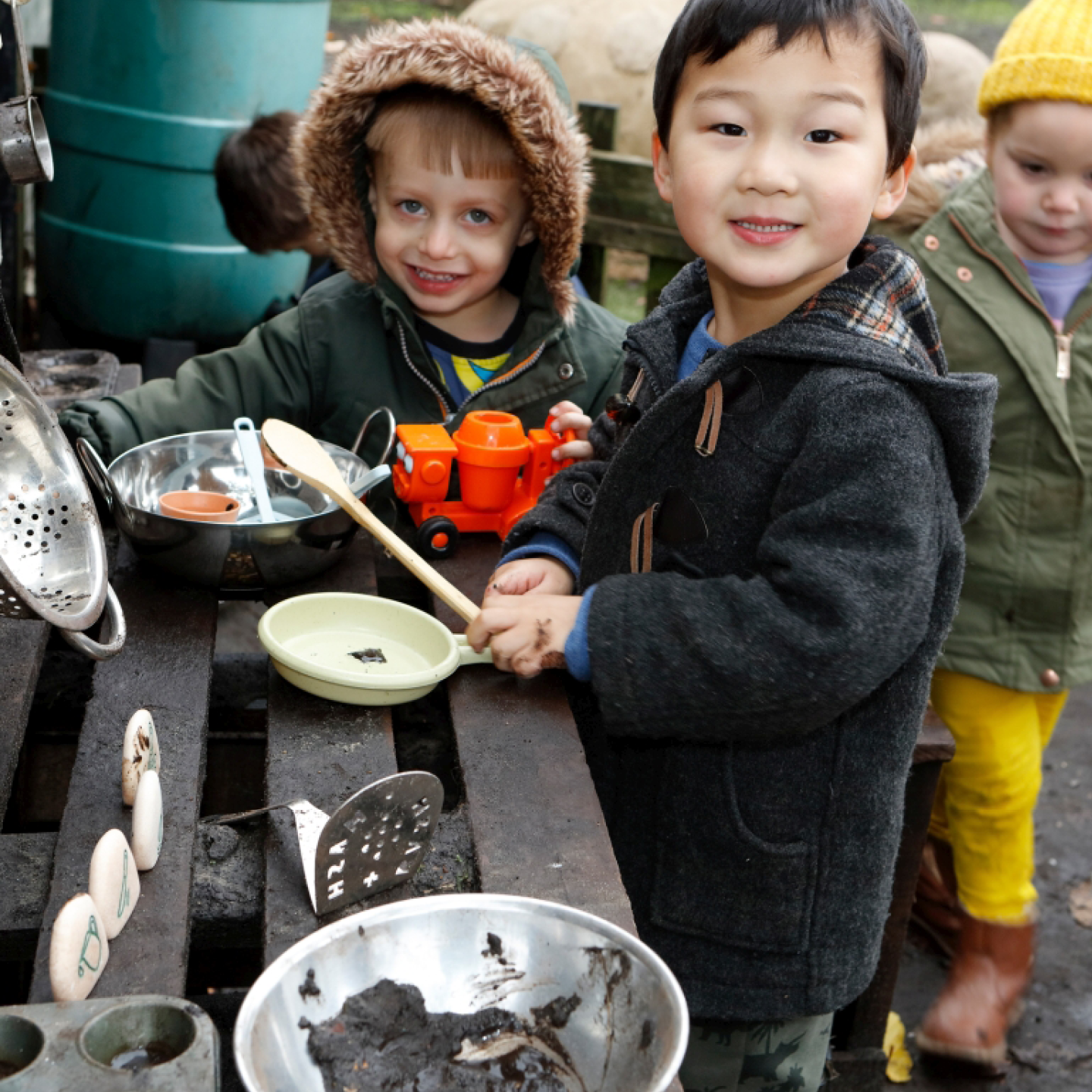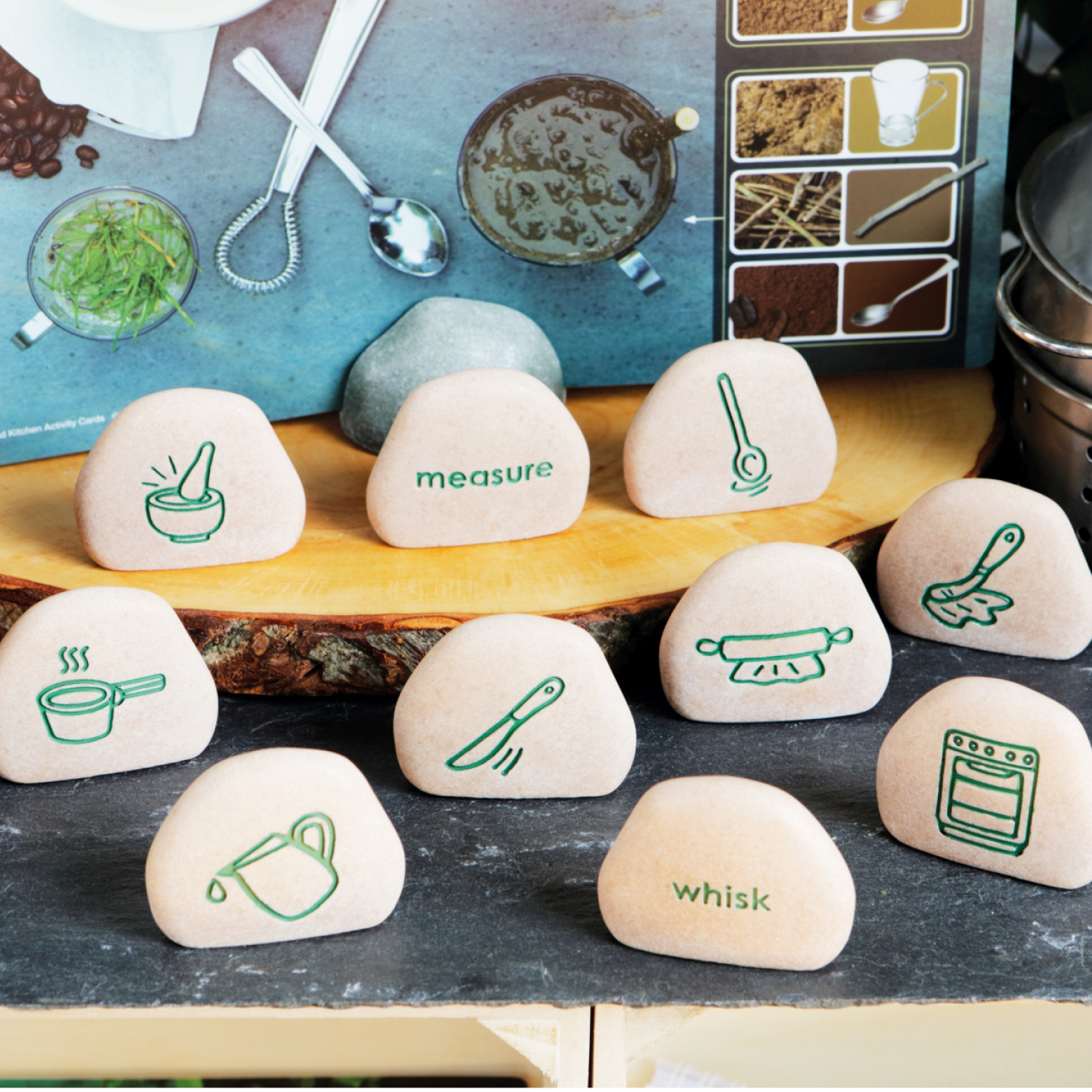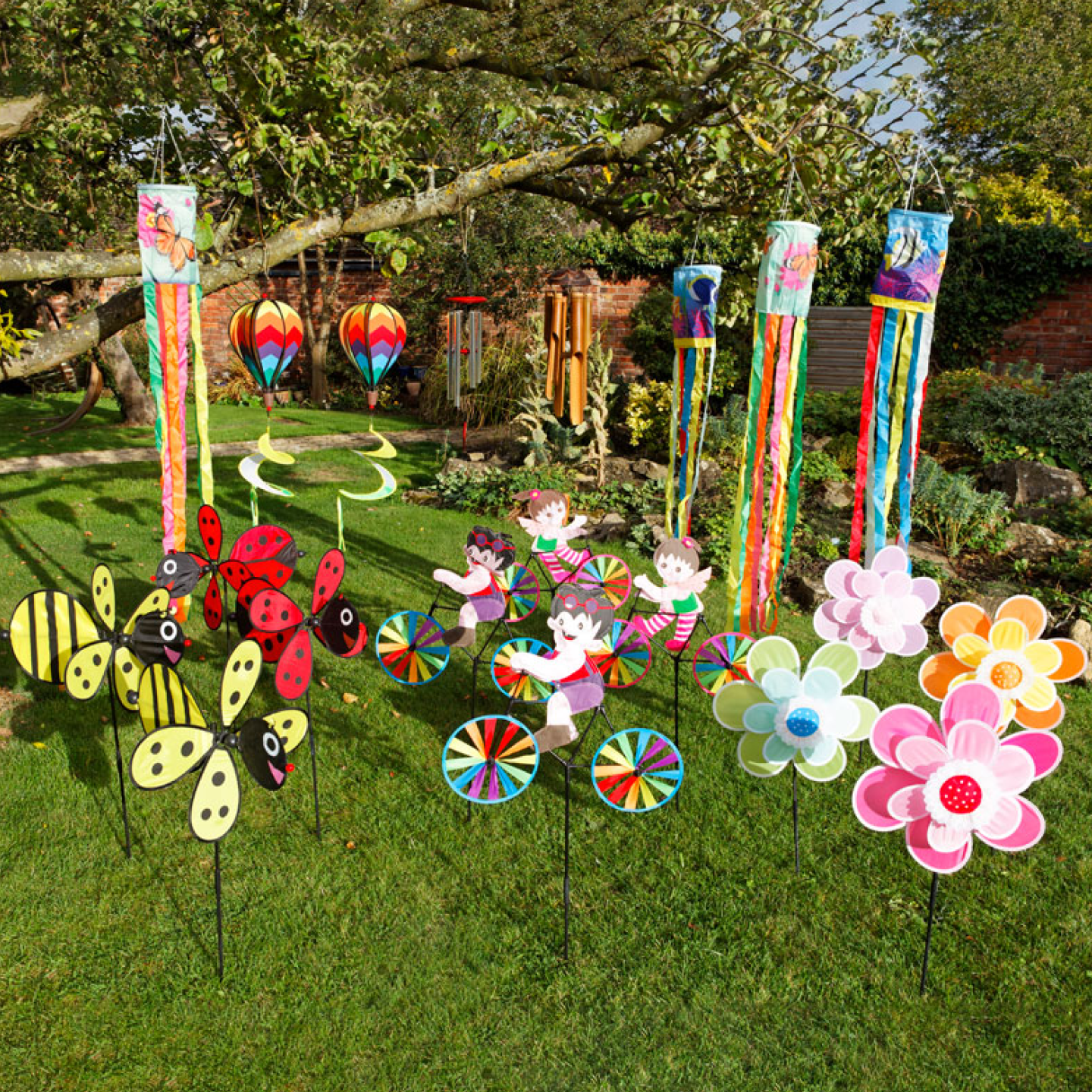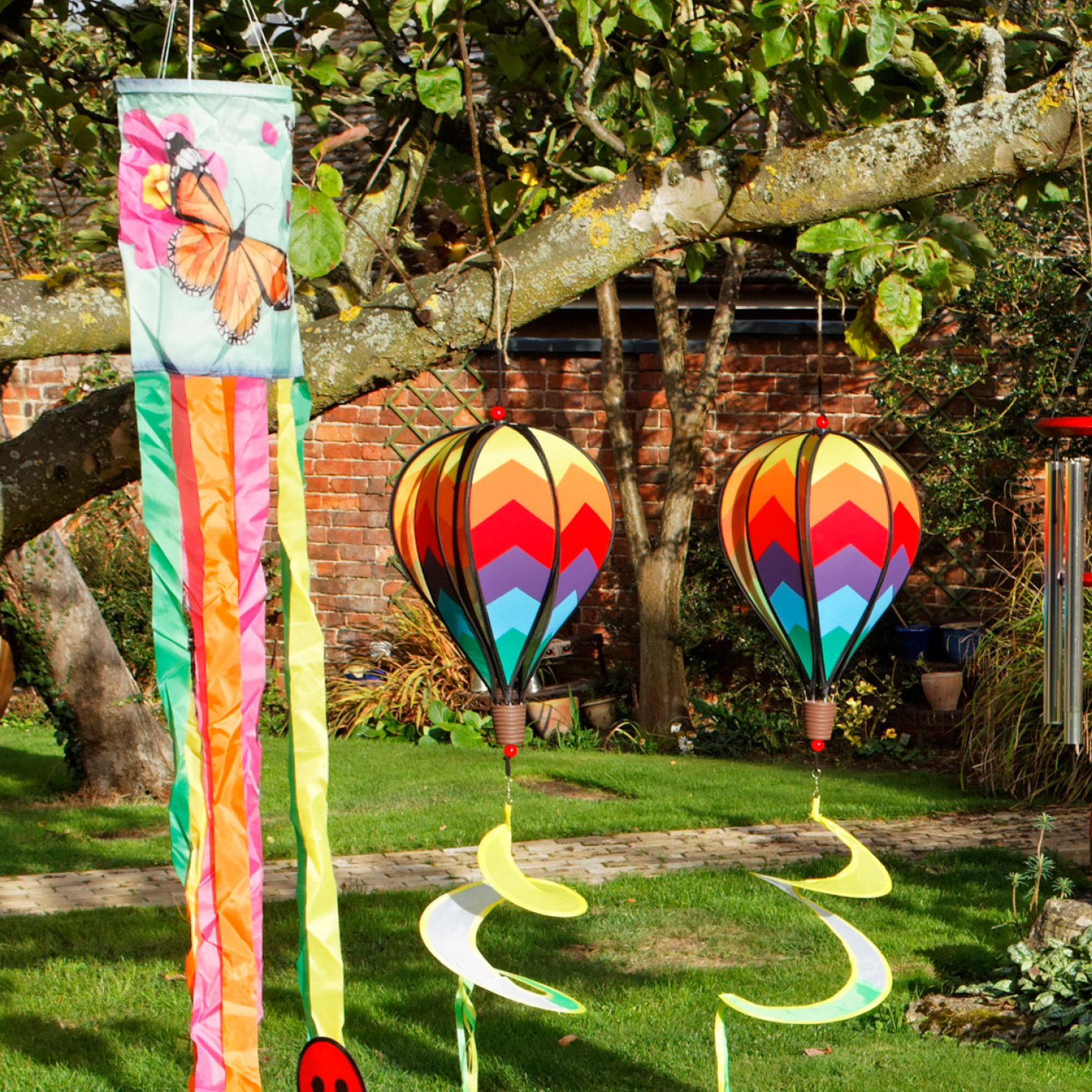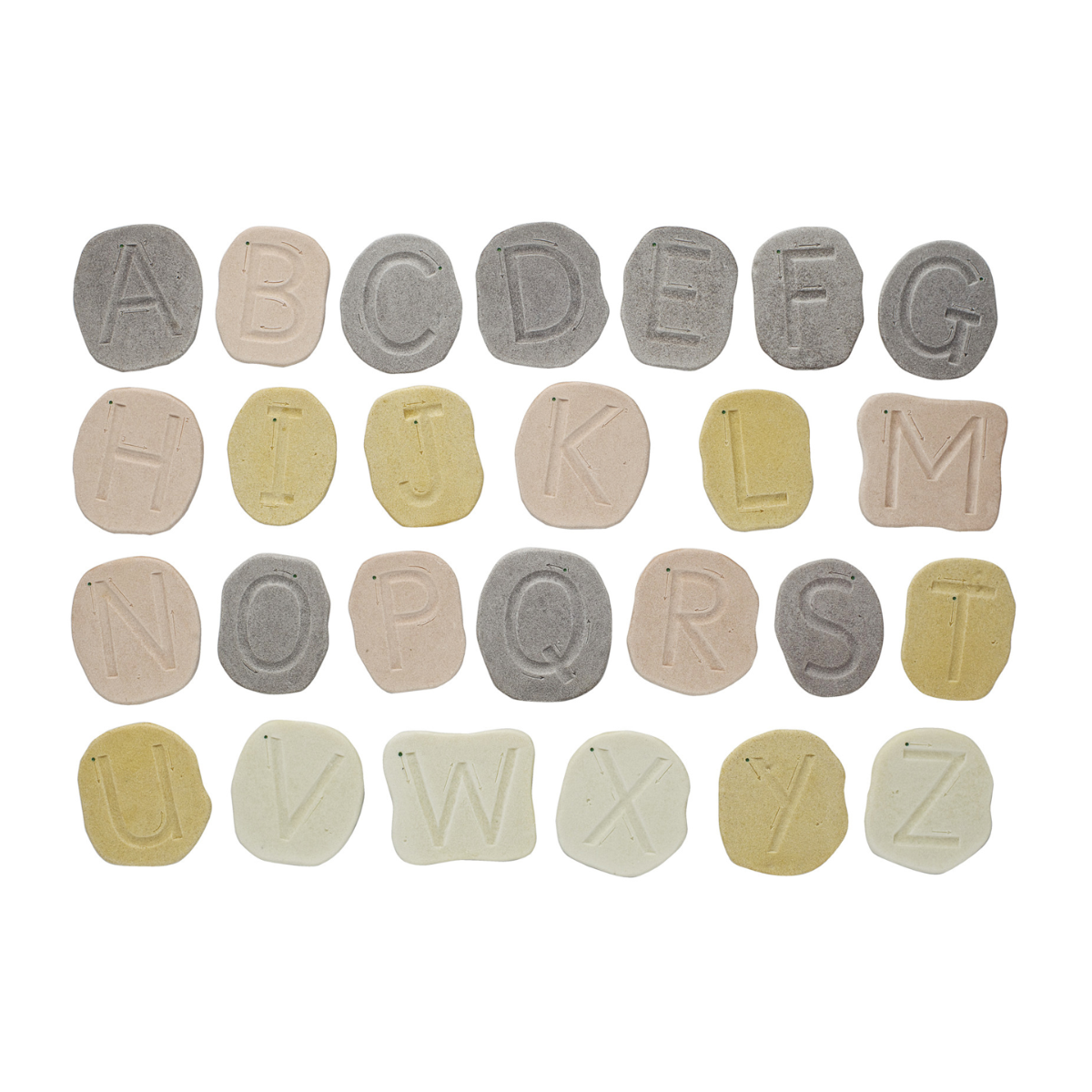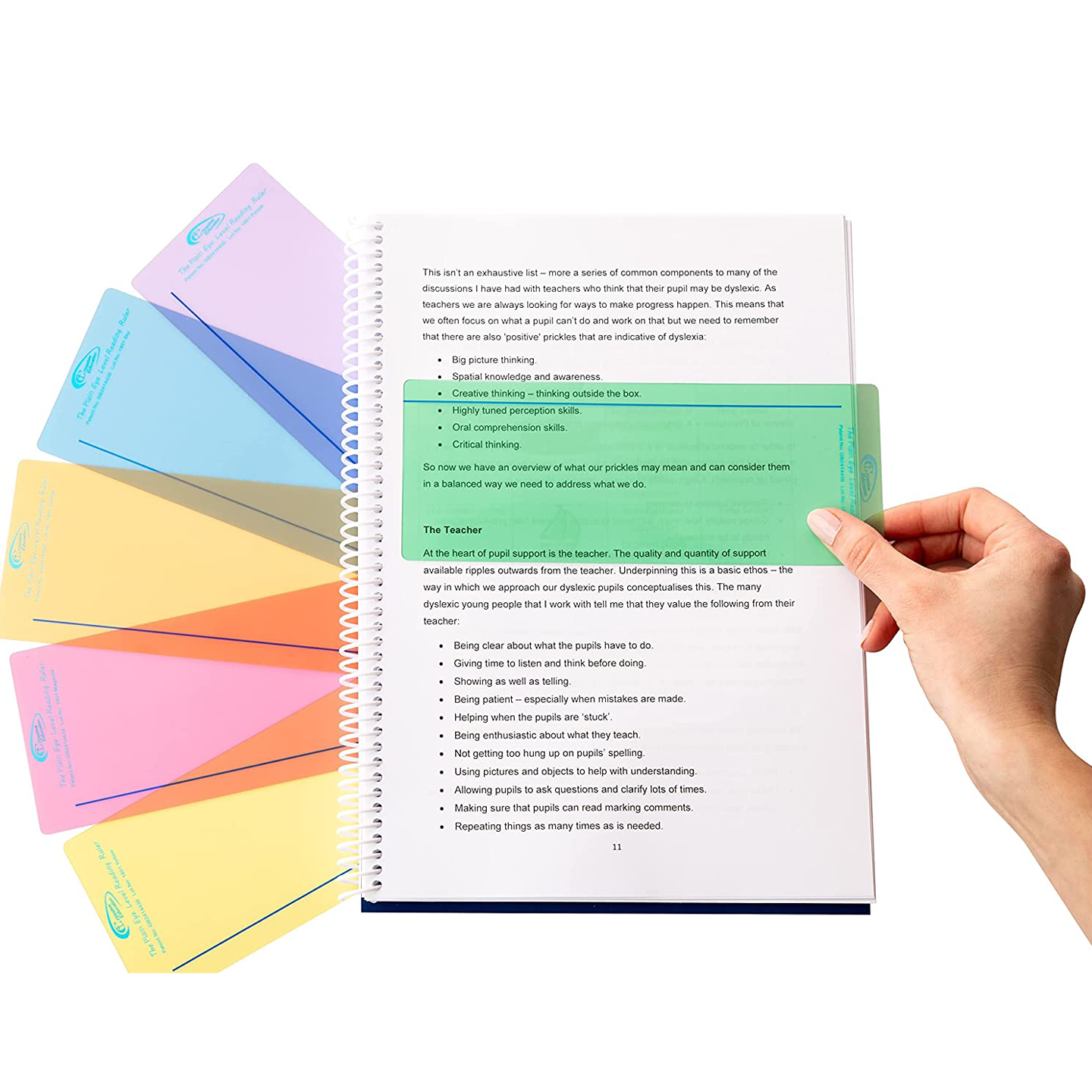How the right teaching resources help in experiential learning
When discussing teaching and learning, they frequently allude to the conventional schooling that most people are accustomed to. Traditional education teaches lessons in a classroom setting as teachers present material and students passively listen. In addition to these, students do homework assignments, read passages from books, and collaborate to accomplish daily classwork.
This is not the only way to learn, though. Over the years, numerous educational strategies, such as problem-based, inquiry-based, and other techniques, have been developed. But Experiential learning is becoming far more common in schools and educational institutes around the world.
Bio Diner Set invites independent play and investigation it encourage lots of social imaginative play
Experiential learning, as its name suggests, is a process of learning that happens due to experience. Over the years, experiential learning has proven to have a wide range of benefits that contribute to a child's development.
There are times that what we educators want to teach and what students learn from it don't align perfectly. Because they promote active learning where these two converge, educational materials are the most effective instrument used by teachers globally to provide students with a meaningful and relevant learning experience and environment.
Richard Houlton, the Managing Director of CES Holdings, states,
"The way education is imparted has not changed over the years, but COVID has taught us that there is evolution required here too, and therefore our focus on providing the necessary educational tools to support our future generations."
Measure, cut, whisk and stir your way to sequencing success with these Mud Kitchen accessories from KCS! Outdoor kitchens offer children a very hands-on opportunity to explore different processes and sequences.
Experiential learning in the formalized context encompasses more than letting students interact directly with the content. Instead, experiential learning is a procedure that involves reflection on how work was accomplished.
Students may struggle to grasp concepts that don't pertain to the "real world." With experiential learning, students are given the opportunity to apply data and ideas in a real-world situation where they too play an active role. As the student interacts with the information, it becomes real to them.
Take this resource from Cosy as an example. These are not just decorative and interactive wind toys that will brighten up your school garden. They provide a sensory experience and help children learn about wind power and forces.
The typical classroom has a reasonably well-known structure with lesson, homework, and other assignments. The primary tenet of experiential learning is that rather than focusing on traditional structure, classrooms place a strong emphasis on collaboration and cooperation. Students in these settings require a semi-structured classroom experience in which they have time to interact with and learn from one another.
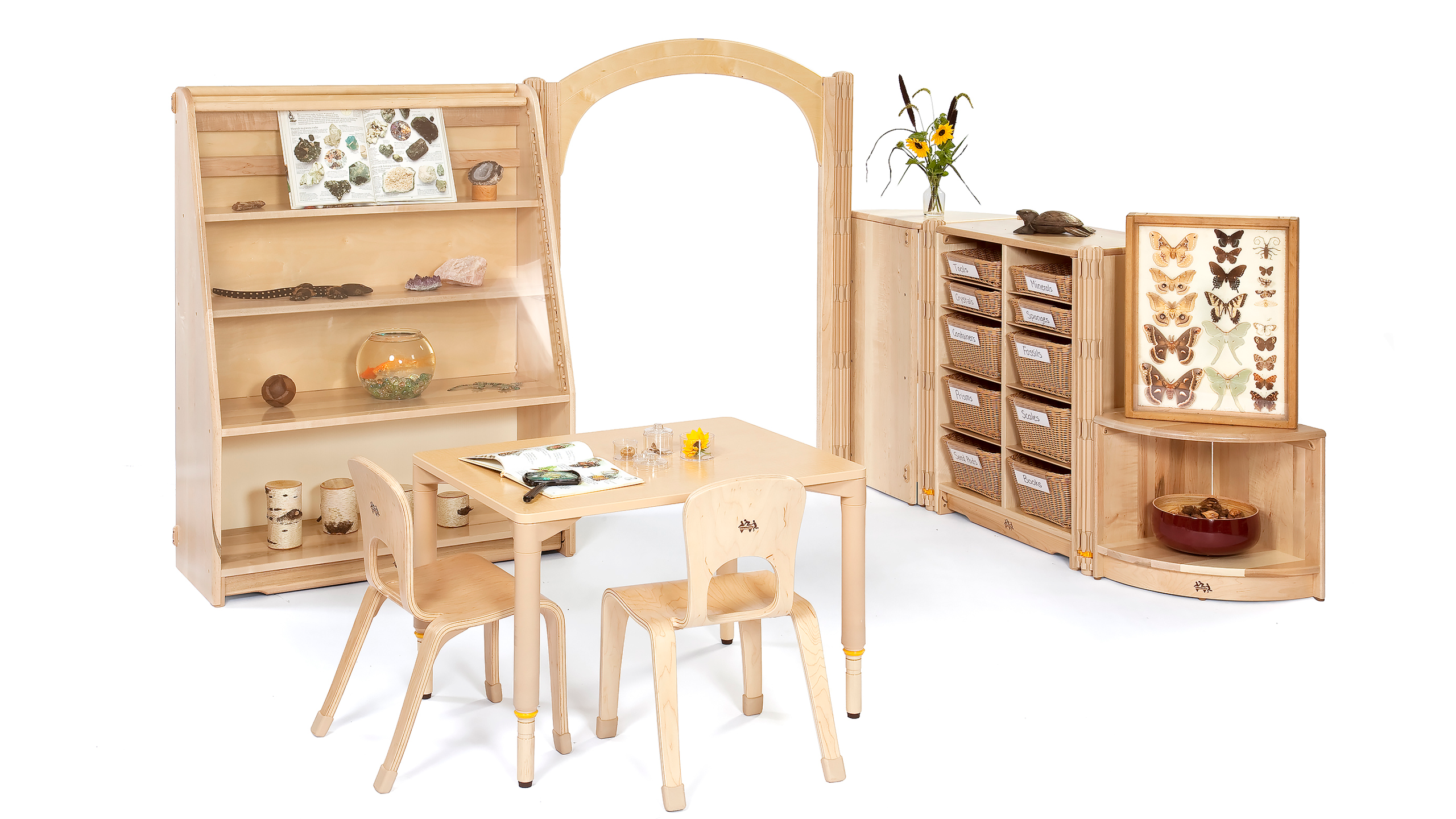

A quiet, concentrated science center from Peter Library
Check out this quiet, concentrated science center from Peter Library. It is a great combination of workspace with storage and engaging display that gives plenty of opportunities for student to interact, investigate and explore
Experience-based learning is tailored for each student and frequently entails forming bonds with other students with who they perform their investigations alongside.
Ceri Henderson, CES Head of MENA, who has been involved in the education space in the region for some time now states that,
"The right use of education resources in activities has always helped teachers to pique student interest and stress the lesson's main themes. At CES, we make to source and offer products from the best premium brands in the UK that support experiential learning"
Creating an experiential learning lesson plan is not very different from creating other lesson plans. For instance, evaluating the students is the first step in creating an effective experiential learning experience for students. It's critical to recognize the different learning styles present in the class at this early stage. How much exposure to the subject matter do they have? Are some students better at learning than others? Is the class culturally diverse and in need of instruction? The student's demand must be considered when designing each lesson and activity.
Based on your evaluation, you need to have the resources to augment and support students' special learning circumstances.
R. Tactile Uppercase Letters from Yellowdoor L: Eye Level Rulers from YPO
For students with dyslexia, reading can be challenging. Spelling and writing can be challenging too. Resources such as Eye Level Reading Rulers can help readers keep on the correct line as they are reading and are proven to help increase reading speed by 30% or more. Tactile stone with engraved letters or numbers helps the student see and feel how to write correctly. These types of resources help level the playing field for students with learning difficulties.
It is imperative as educators that we choose the right set of resources to impart and support learning at all stages and hence choose the right partner like CES Holdings, who is focused on the same ideology of enhancing education for the younger generation. To know more about how to get resources for your school, kindly write to info@cesholdings.co.uk or visit www.cesholdings.co.uk.
While physical and educational resources are necessary to support and enhance experiential learning among children, the best teaching resource would always be the teacher!



